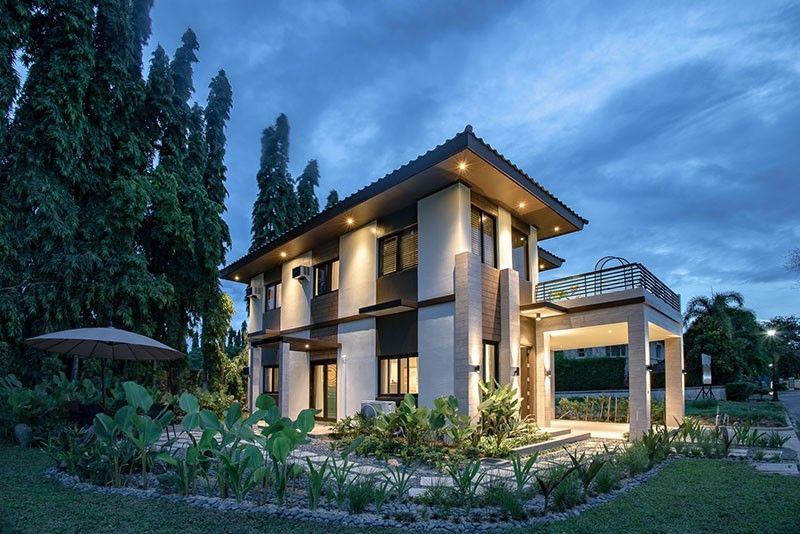Los Angeles wildfires: How to fireproof your home

MANILA, Philippines — The Los Angeles wildfires recently showed people around the world that celebrity or not, no one is safe from fire.
Google trends show that "fiber cement, stucco, Bible, siding and roof" became top-trending fireproof searches during the Los Angeles wildfires.
Here's how you can try to fireproof your own home before disaster comes:
Use fire retardant materials
According to Ifsec Insider, a good first line of defense against fire is using fire retardant materials. Using concrete panels, stucco or brick for exterior walls, steel framing for windows and concrete or metal for roofing are all good choices. Instead of using wood for decking, concrete, tiles, stone or brick are better. Fire retardant paint is also a good idea.
Armor your roof
According to New Home Source, ensuring a fire-resistant roof is critical.
"You can construct a fire-resistant roof using Class A, fire-rated materials that interlock tightly – think metal, concrete, slate, and tiling – and built over top a fire-resistant cap sheet for double duty protection," the website advised.
Install smoke alarms
Smoke alarms serve as an early warning for fire in your homes.
According to UK Fire Service Resources, there should be a smoke detector in every room in your house except bathrooms, for maximum protection. You also need one in the hallway between the living area and bedrooms, and one on each landing.
Plant fire-resistant trees
According to S3DA Design, avoid planting highly flammable plants and barks, such as tall grass, cedar, and pine.
Instead, go for poplar trees, birch, and cherry because they are more fire-resistant.
Get a fire extinguisher
Having a fire extinguisher at home can make a difference.
But be sure to use each one in an emergency situation:
- Class A is for wood, paper, cloth, rubber, household rubbish, most plastics.
- Class B is for flammable liquids, solvents, oil, petrol, paints and lacquers.
- Class C is for gases including methane, propane, hydrogen, acetylene and natural gas.
- Class D is for combustible metals including magnesium and aluminium swarf.
- Class E is for electrical fires and
- Class F is for chip pan fires, as an alternative to a fire blanket.
RELATED: Jinkee Pacquiao tours new GenSan mansion with sauna, artwork hallway



















